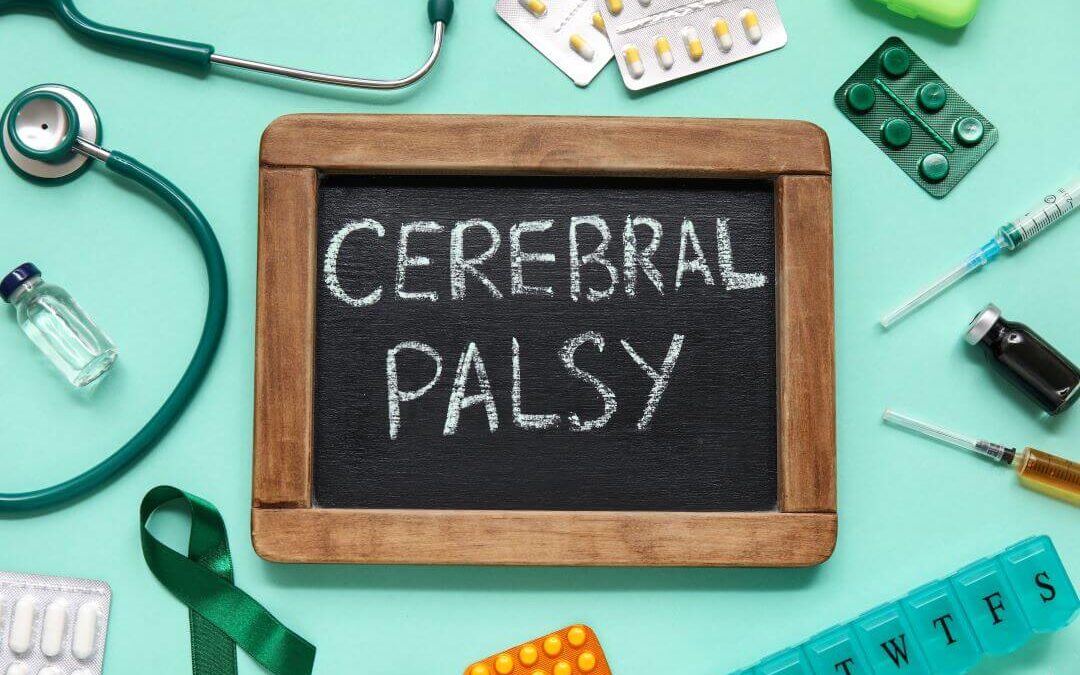Living with cerebral palsy can be tough, both physically and financially. People with cerebral palsy often have a hard time keeping a job because of their severe symptoms. If you or someone you know has cerebral palsy and it affects your ability to work, you might qualify for Social Security Disability Insurance (SSDI) or Supplemental Security Income (SSI). This guide will help you understand how to apply for these benefits through the Social Security Administration (SSA).
Understanding Cerebral Palsy
Cerebral palsy is a group of disorders that affect how a person moves and keeps their balance. It is the most common motor disability in children. Cerebral palsy happens because of abnormal brain development or damage to the brain, affecting muscle control. Symptoms can be different for each person, but common ones include:
- Muscle stiffness or looseness
- Poor coordination and balance
- Shaking or involuntary movements
- Delays in reaching motor skill milestones
- Trouble with fine motor skills like writing or buttoning a shirt
- Speech and swallowing difficulties
These symptoms can range from mild to severe, affecting daily life and the ability to do routine activities. For many, these symptoms make it hard or impossible to keep a job, making SSDI or SSI benefits necessary.
Social Security Disability and Cerebral Palsy
To get SSDI or SSI for cerebral palsy, you must meet the SSA’s requirements through a five-step process:
- Prove your current monthly earnings are at or below the Substantial Gainful Activity (SGA) level for the year you apply. You can find the current SGA here.
- Provide evidence that your cerebral palsy severely affects your mobility and abilities. This includes problems with standing, walking, grasping, lifting, fine motor skills, and cognitive functions.
- Document a medical diagnosis of cerebral palsy that matches the SSA’s impairments listing for cerebral palsy. To meet the SSA’s criteria for cerebral palsy (under Listing 11.07), your medical records must show:
- Impairment in motor function affecting two limbs, causing severe difficulty with standing up from a sitting position, maintaining balance while standing or walking, or using the arms.
OR
- Severe limitation in physical abilities combined with a significant restriction in one of the following areas:
- Understanding, remembering, or applying information
- Interacting with others
- Concentrating, persisting, or maintaining pace
- Adapting or managing oneself
OR
- Major disruption in communication because of deficits in speech, hearing, or vision.
- Demonstrate how the complications of your cerebral palsy prevent you from doing any of your past jobs.
- Show how you cannot do any other type of work, considering your age, education, prior work experience, and remaining physical and mental abilities.
Getting Help Filing Disability
Applying for SSDI or SSI because of cerebral palsy can be complex. The detailed documentation and strict criteria can make it hard to file on your own. Getting help from a disability attorney can improve your chances of a successful claim. An experienced attorney can guide you through the application process, make sure all necessary medical records are submitted, and represent you if your initial application is denied.
At Brock and Stout, our team has helped many clients get the disability benefits they need because of conditions like cerebral palsy. Contact us for a free evaluation to see if we can help you get the financial support you need. Let our family help your family every step of the way.

